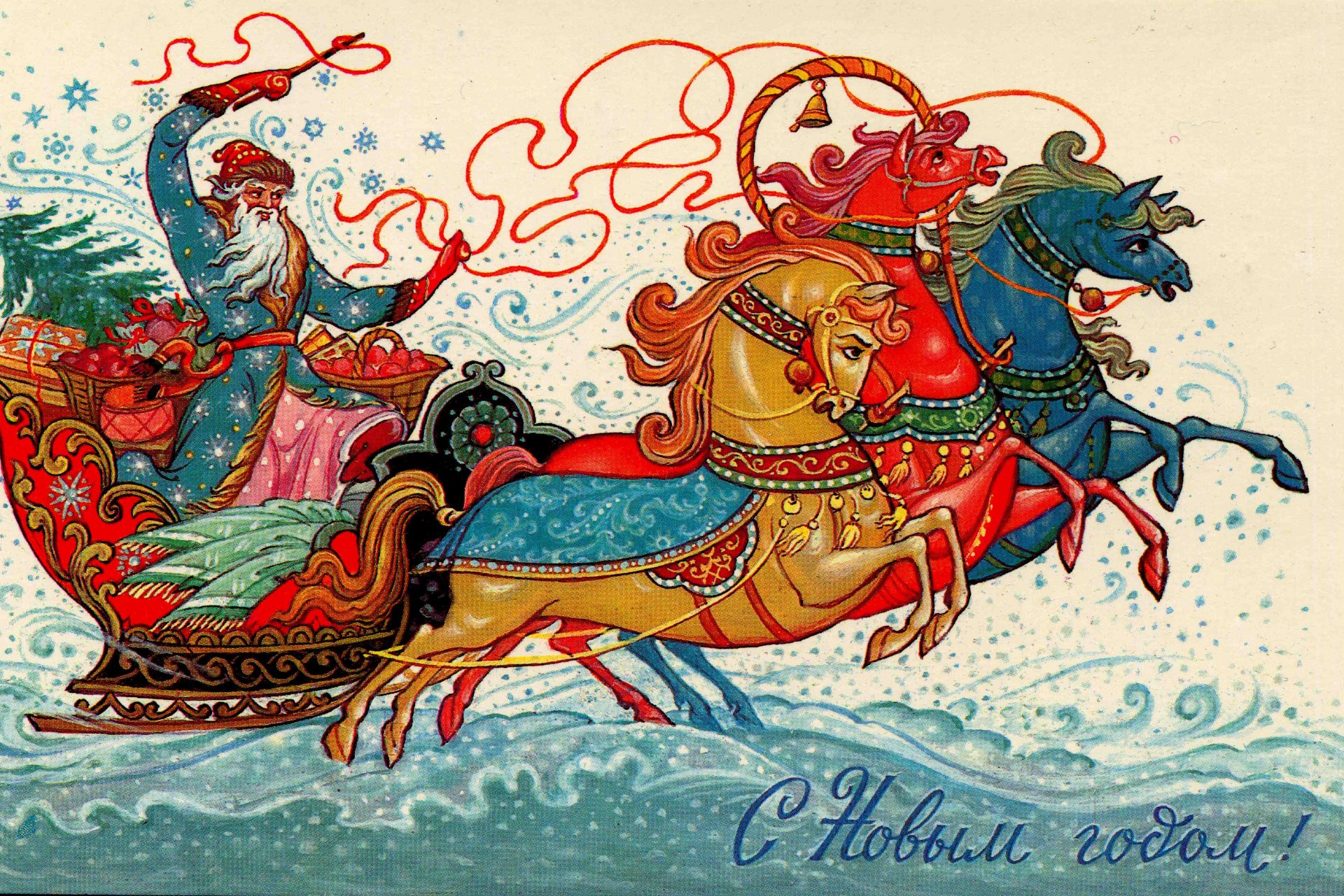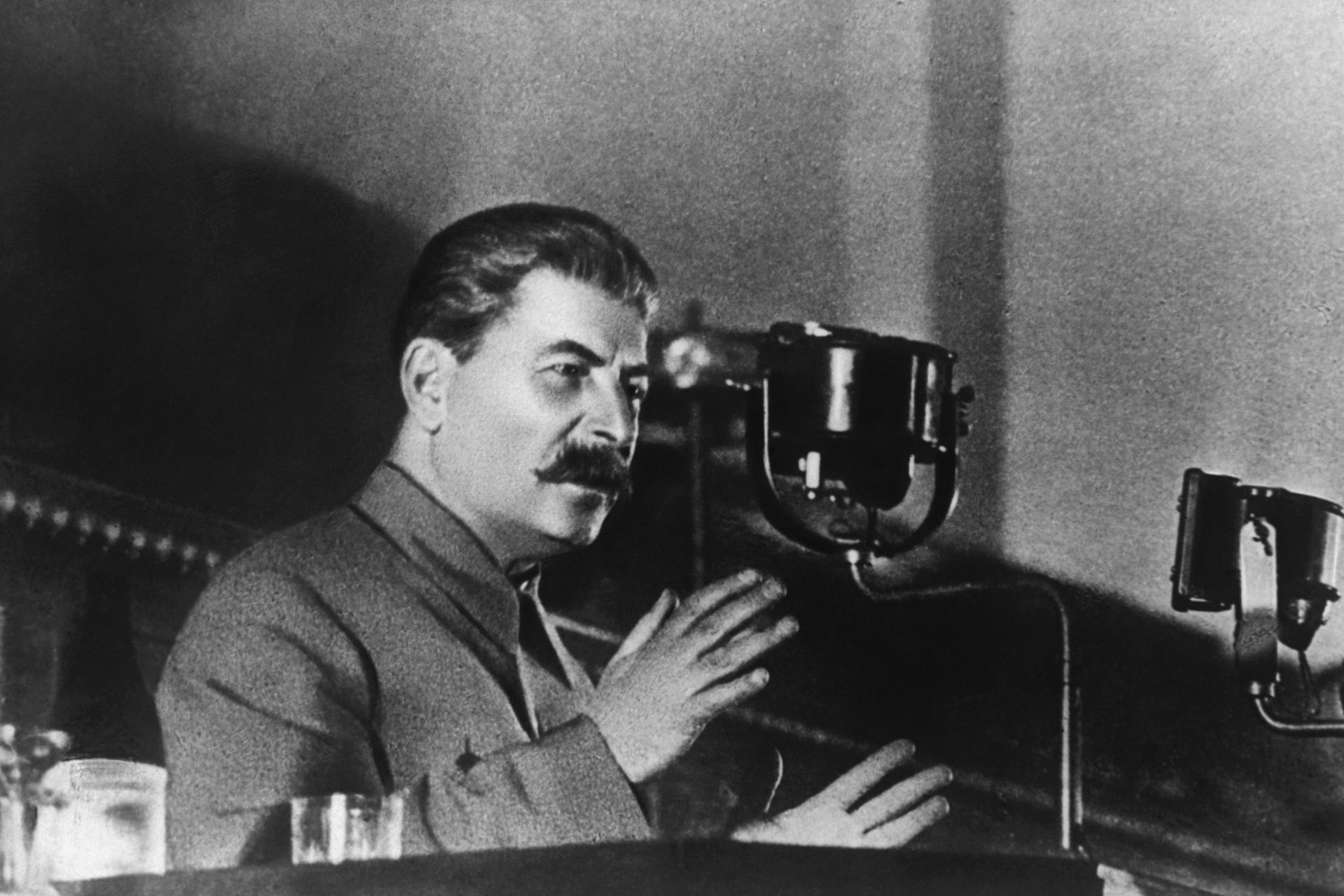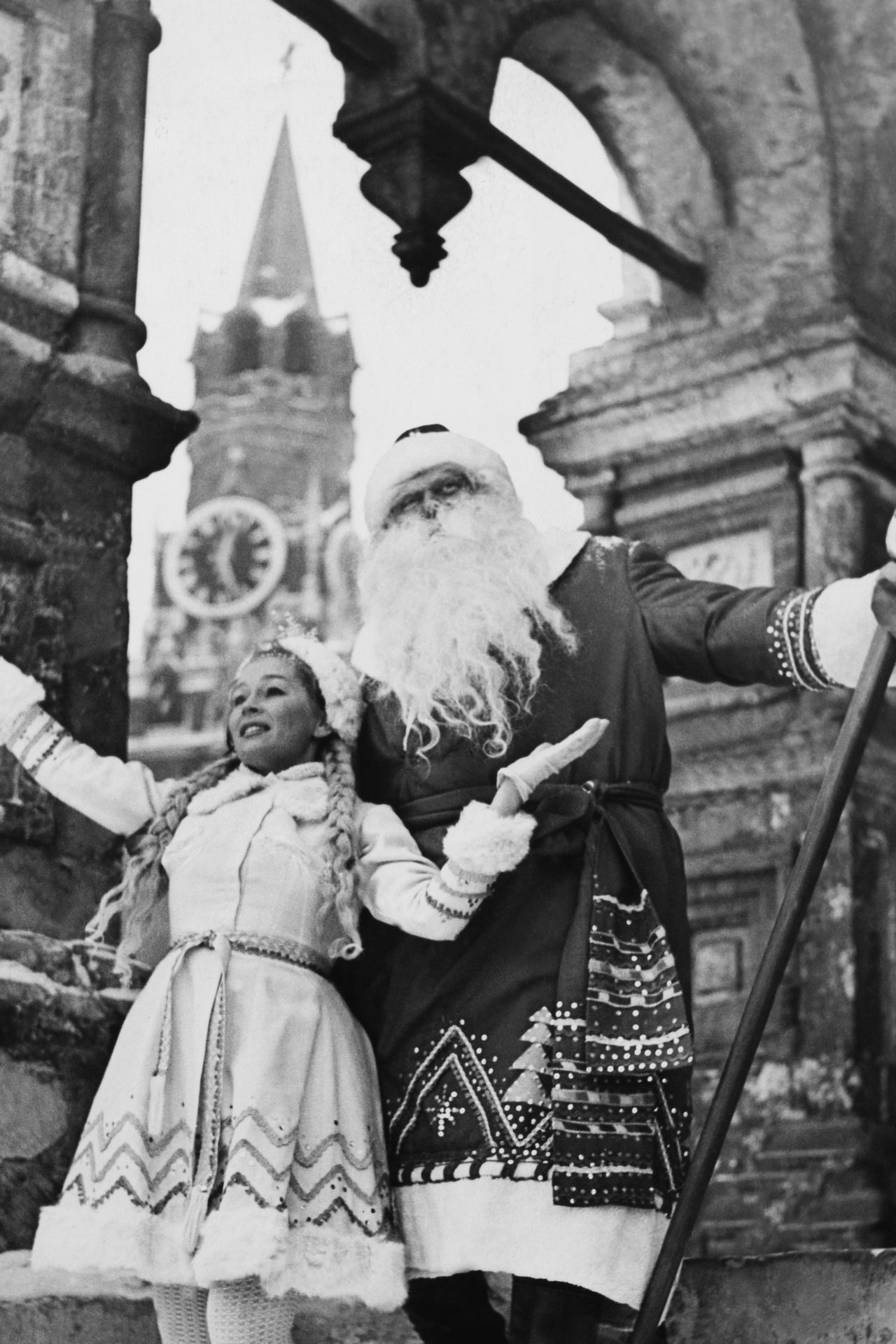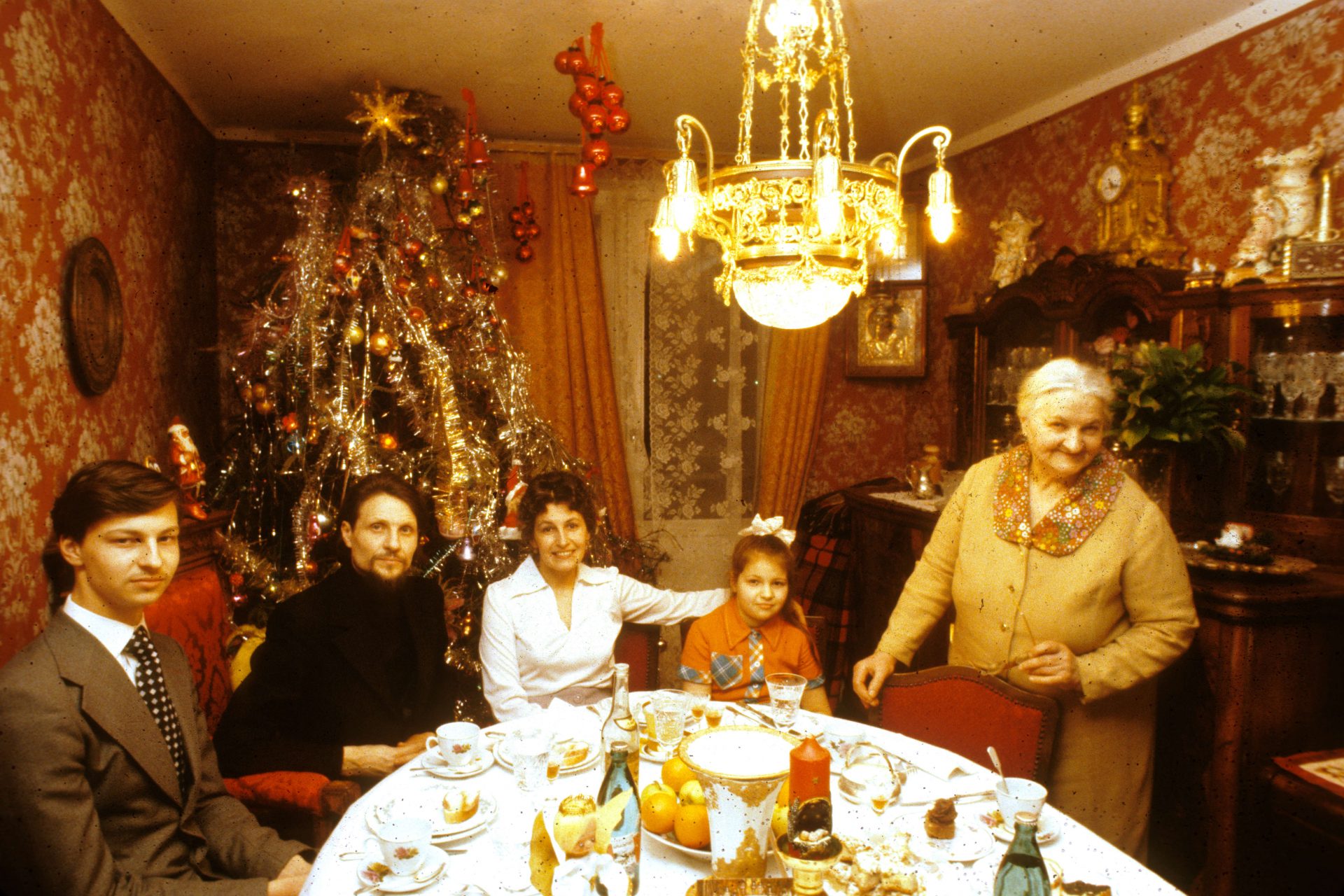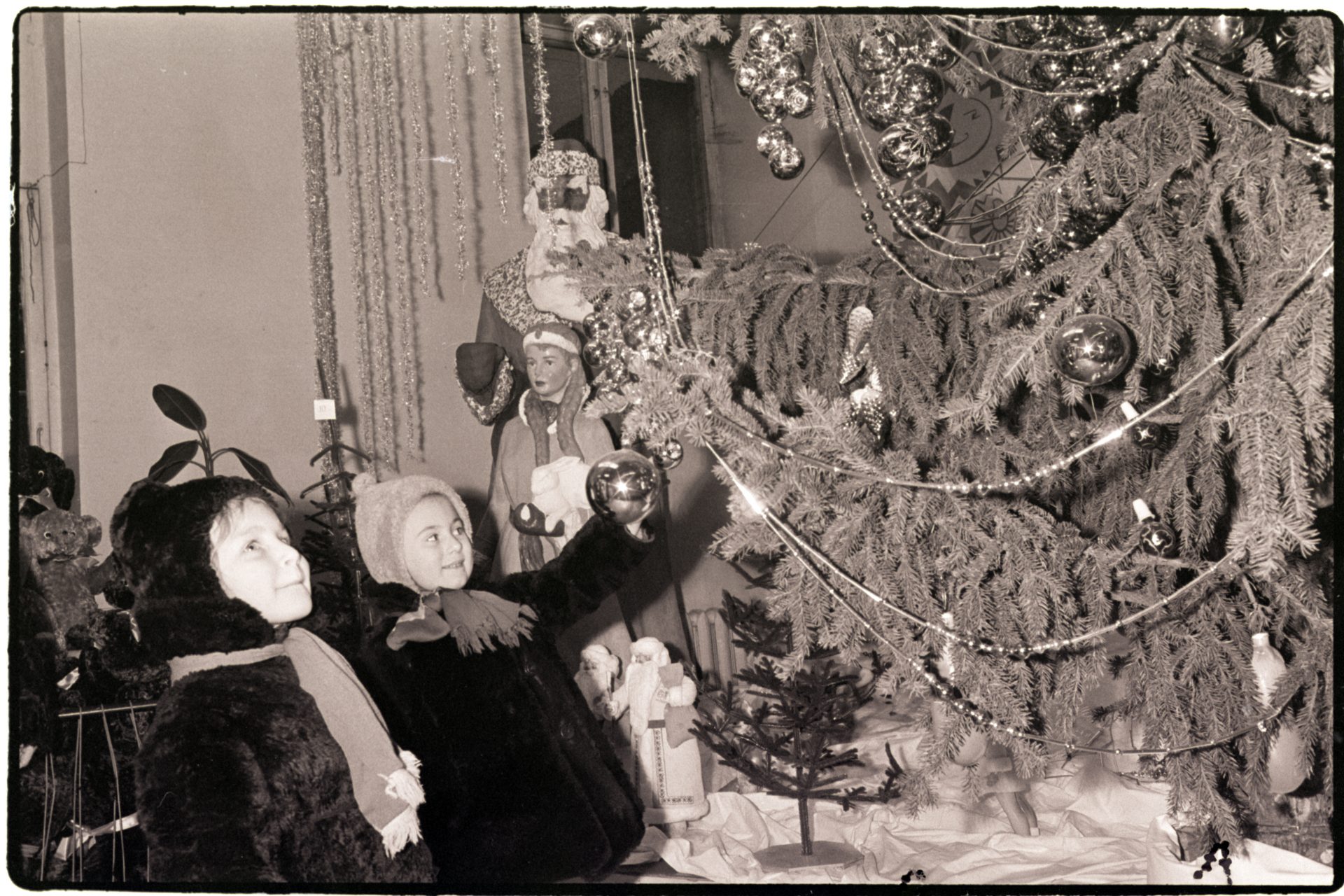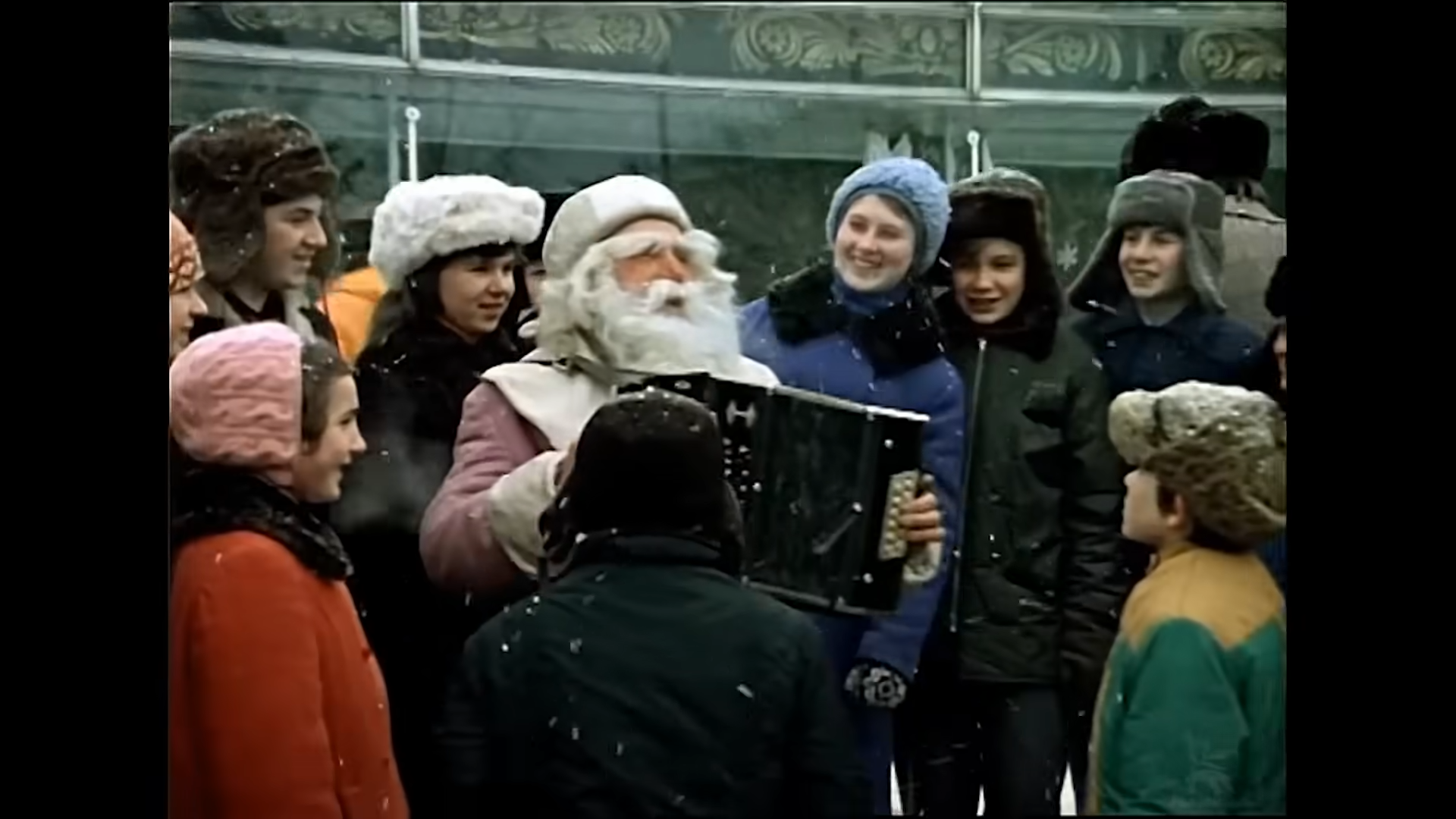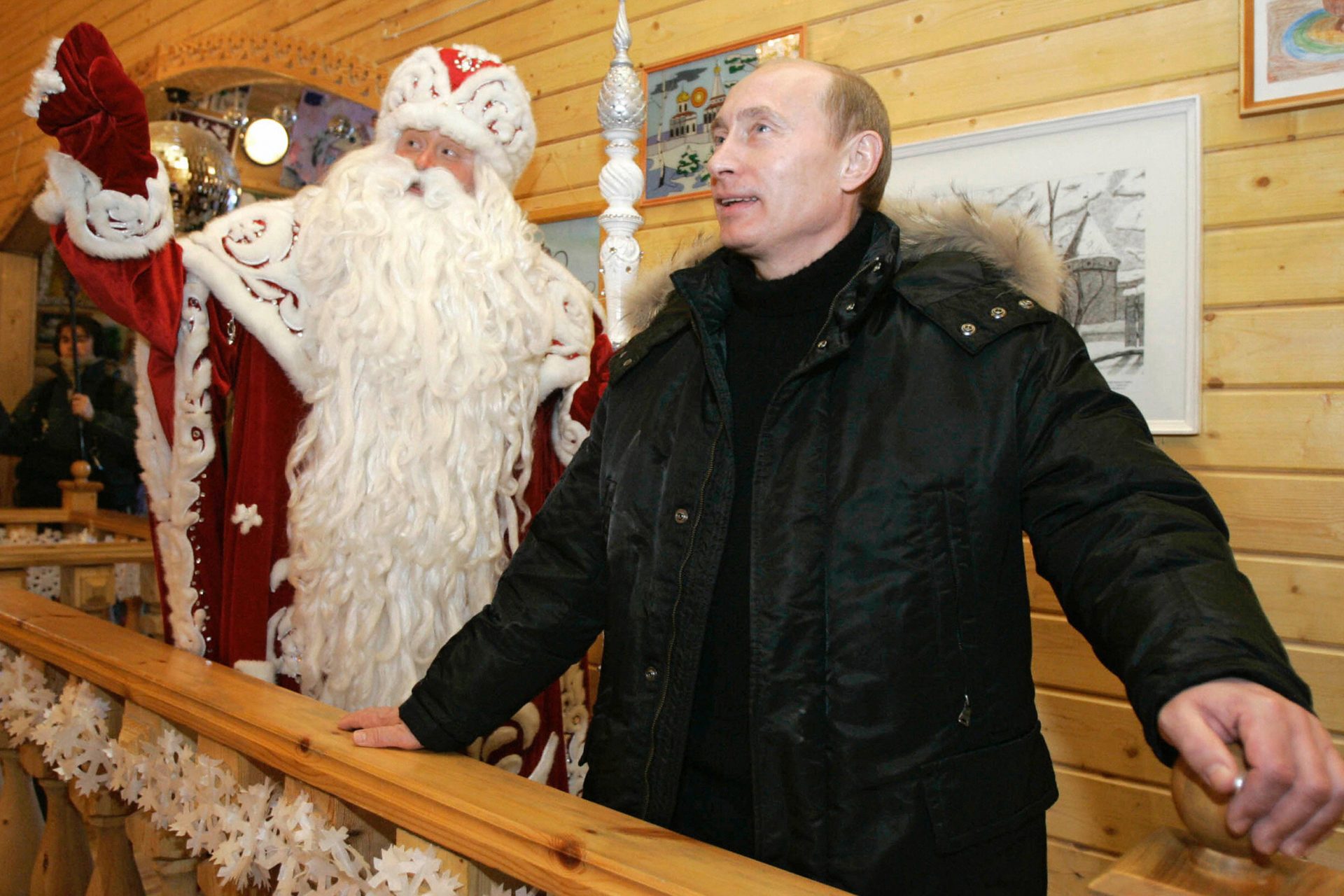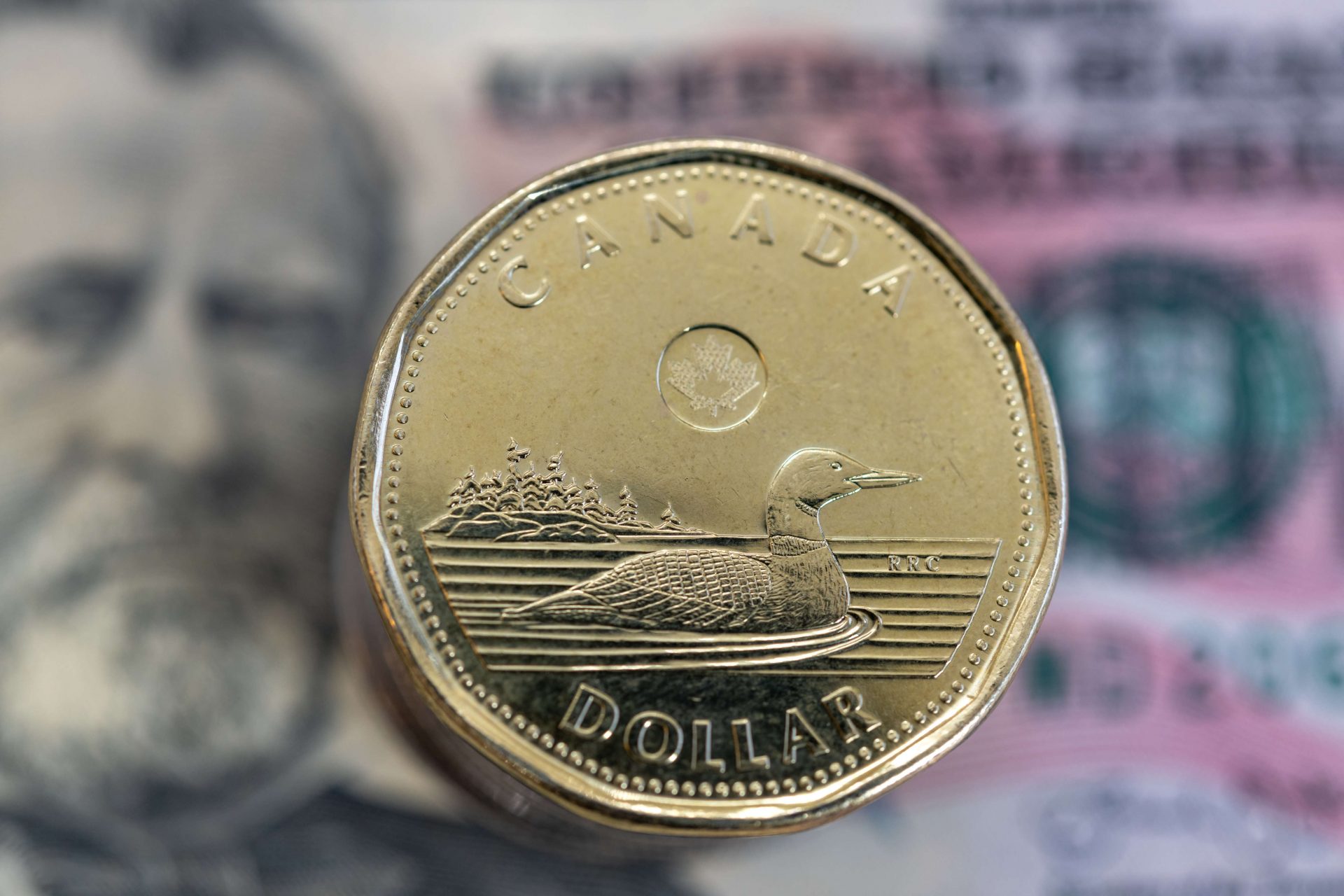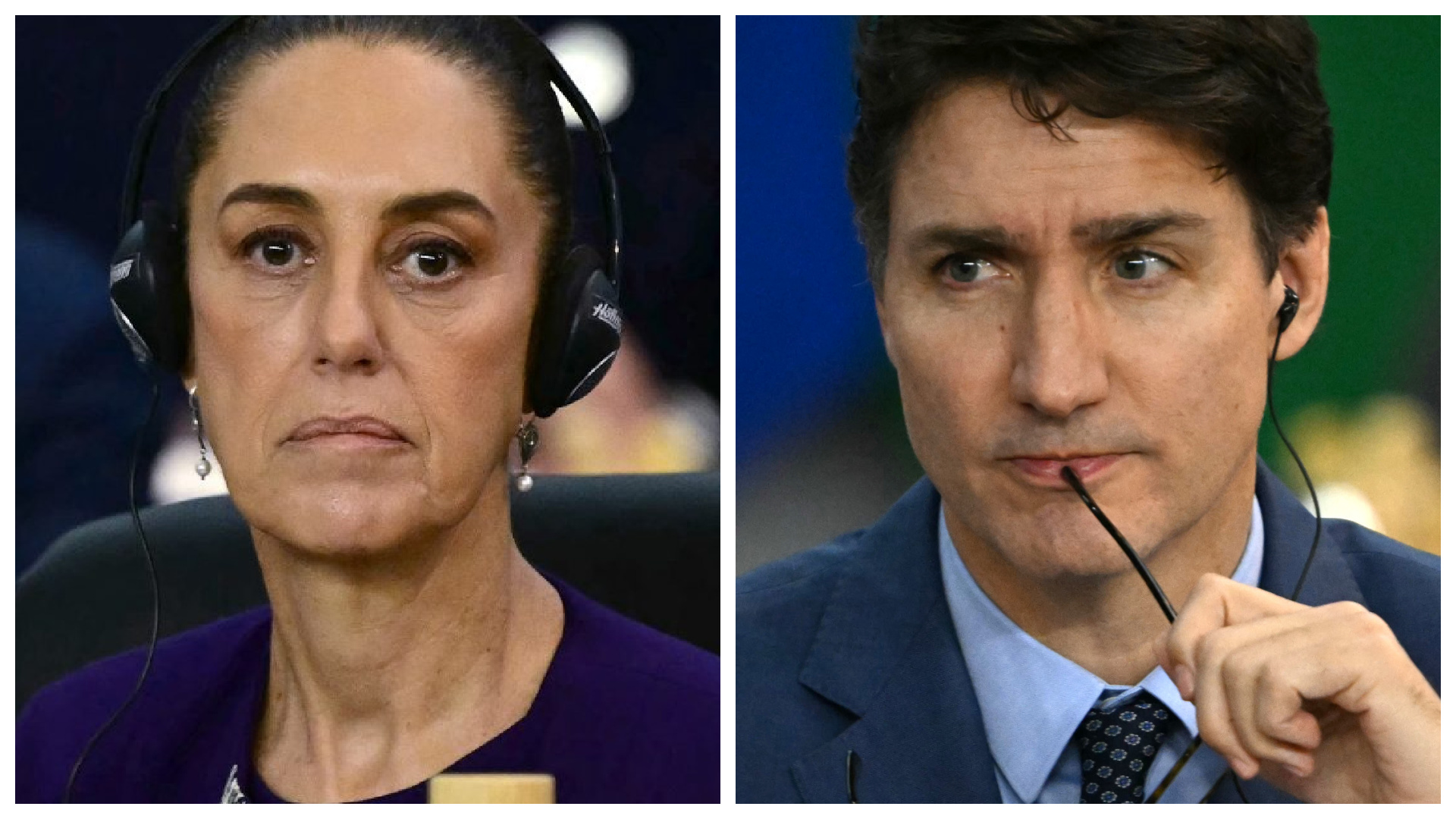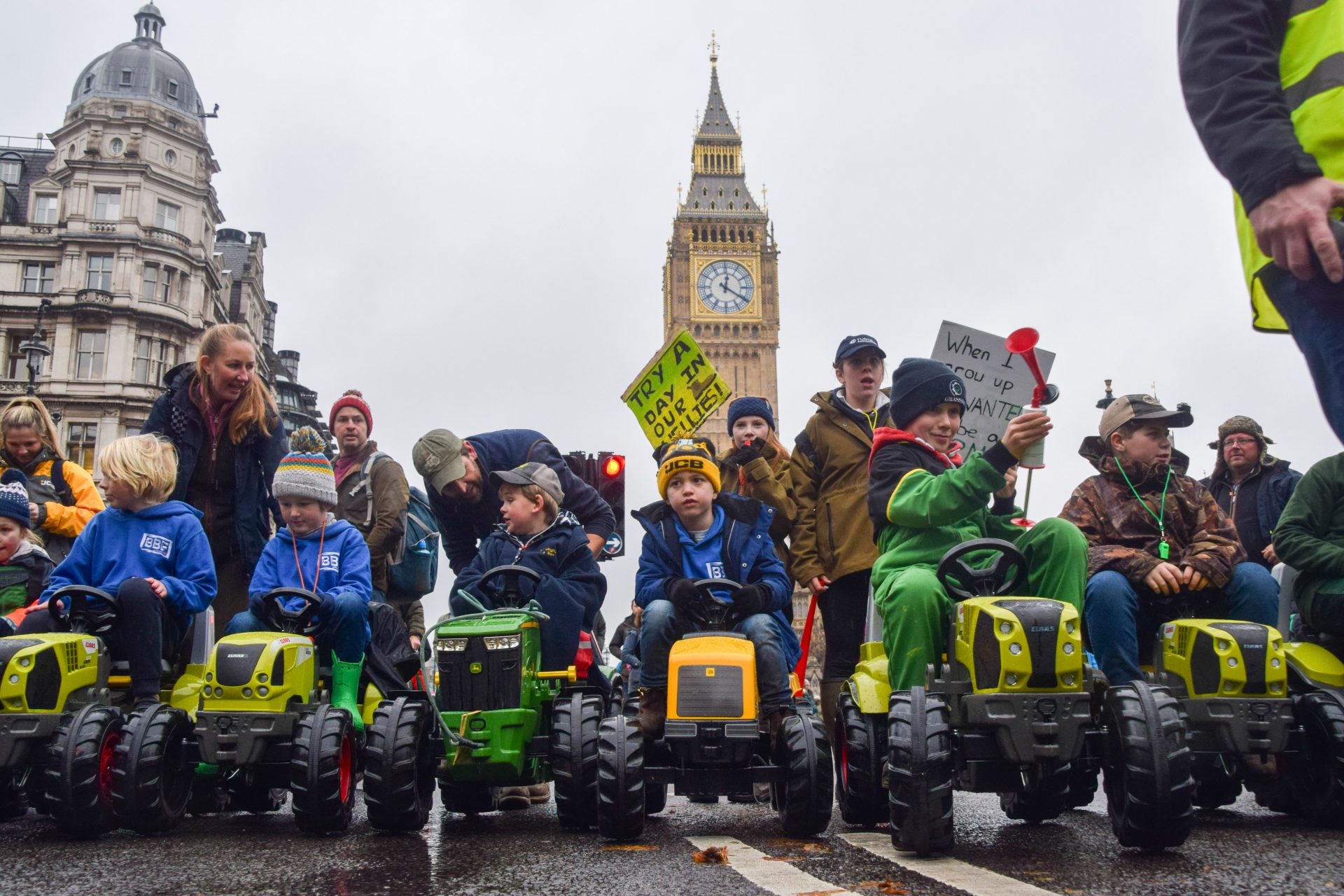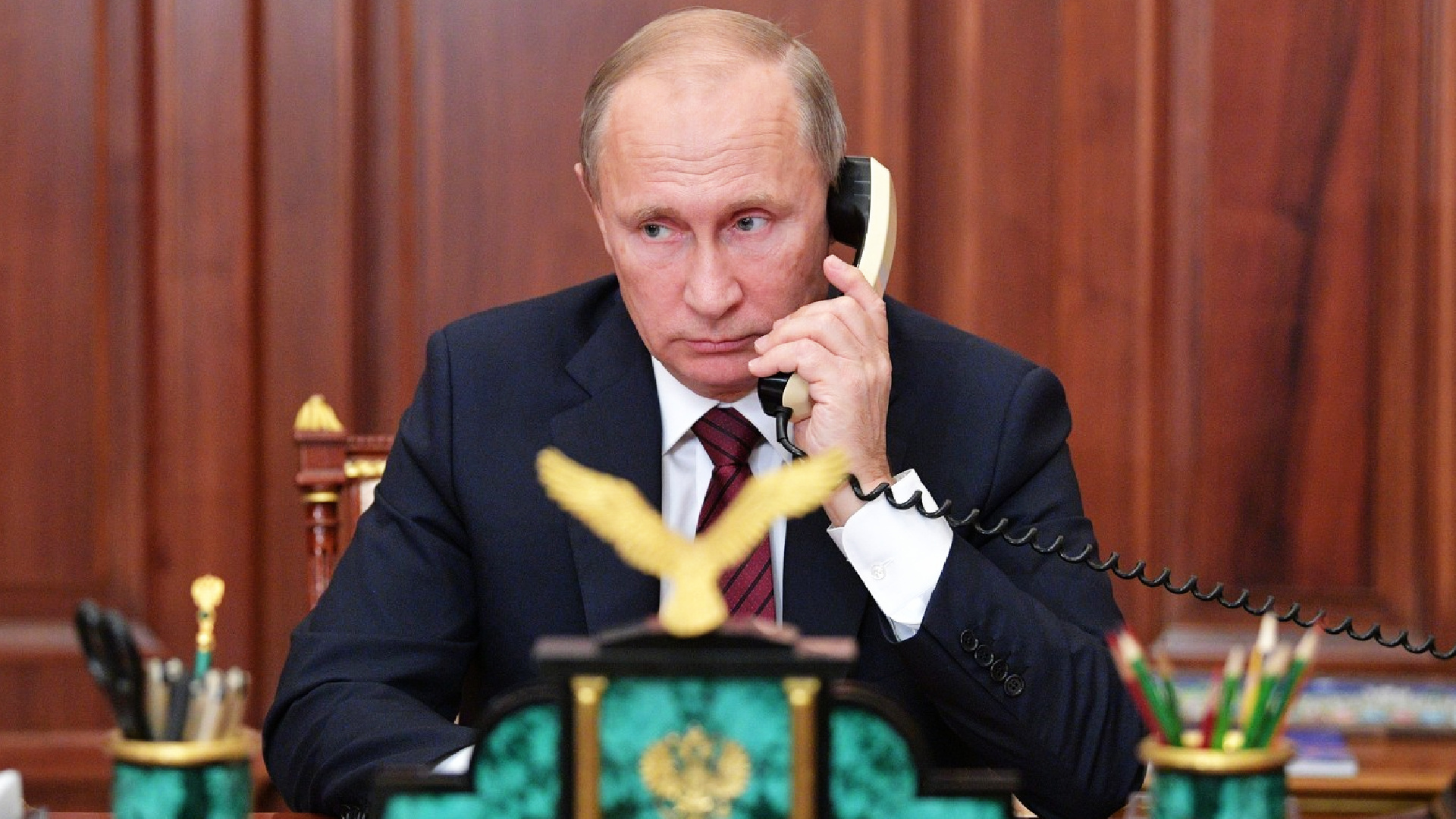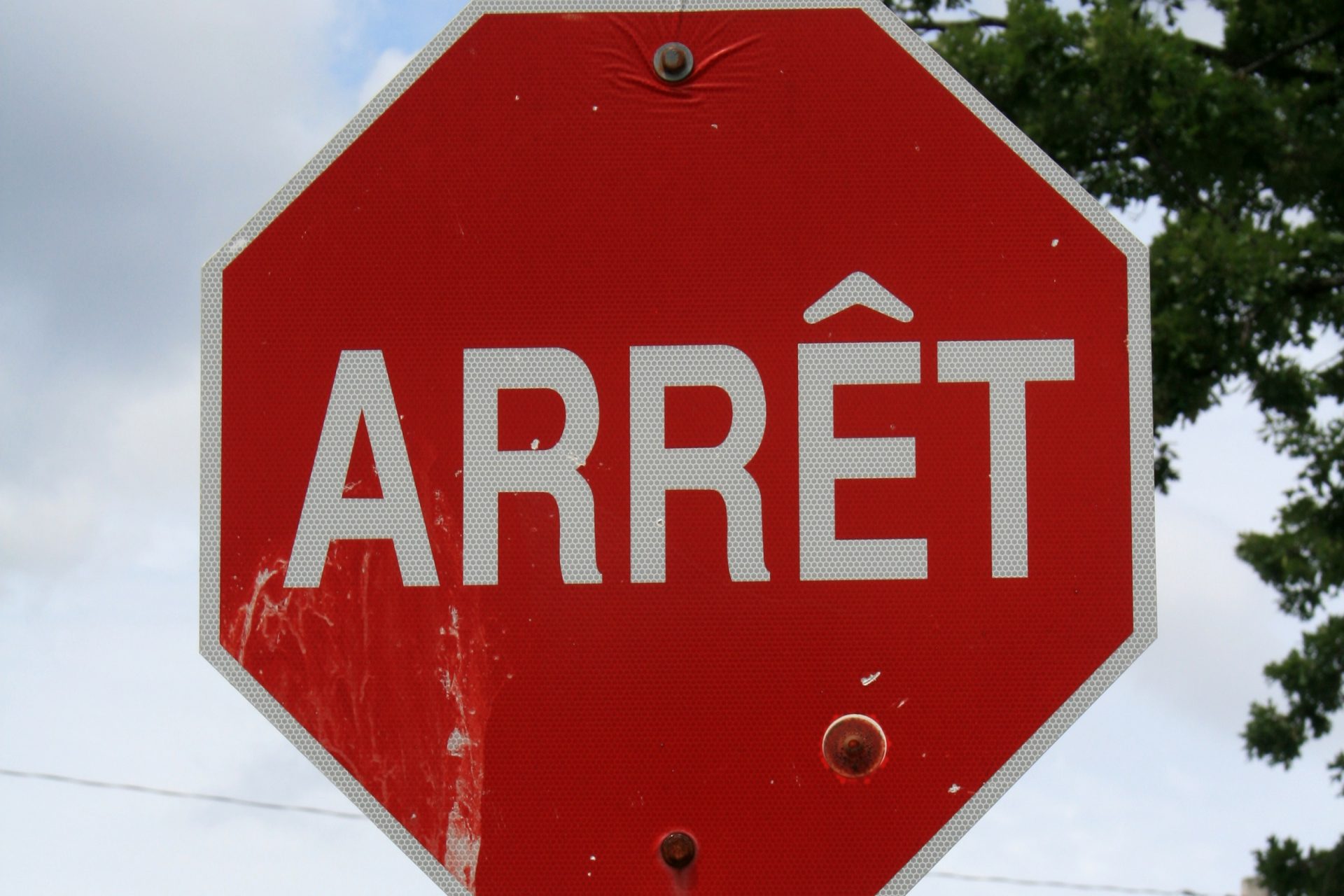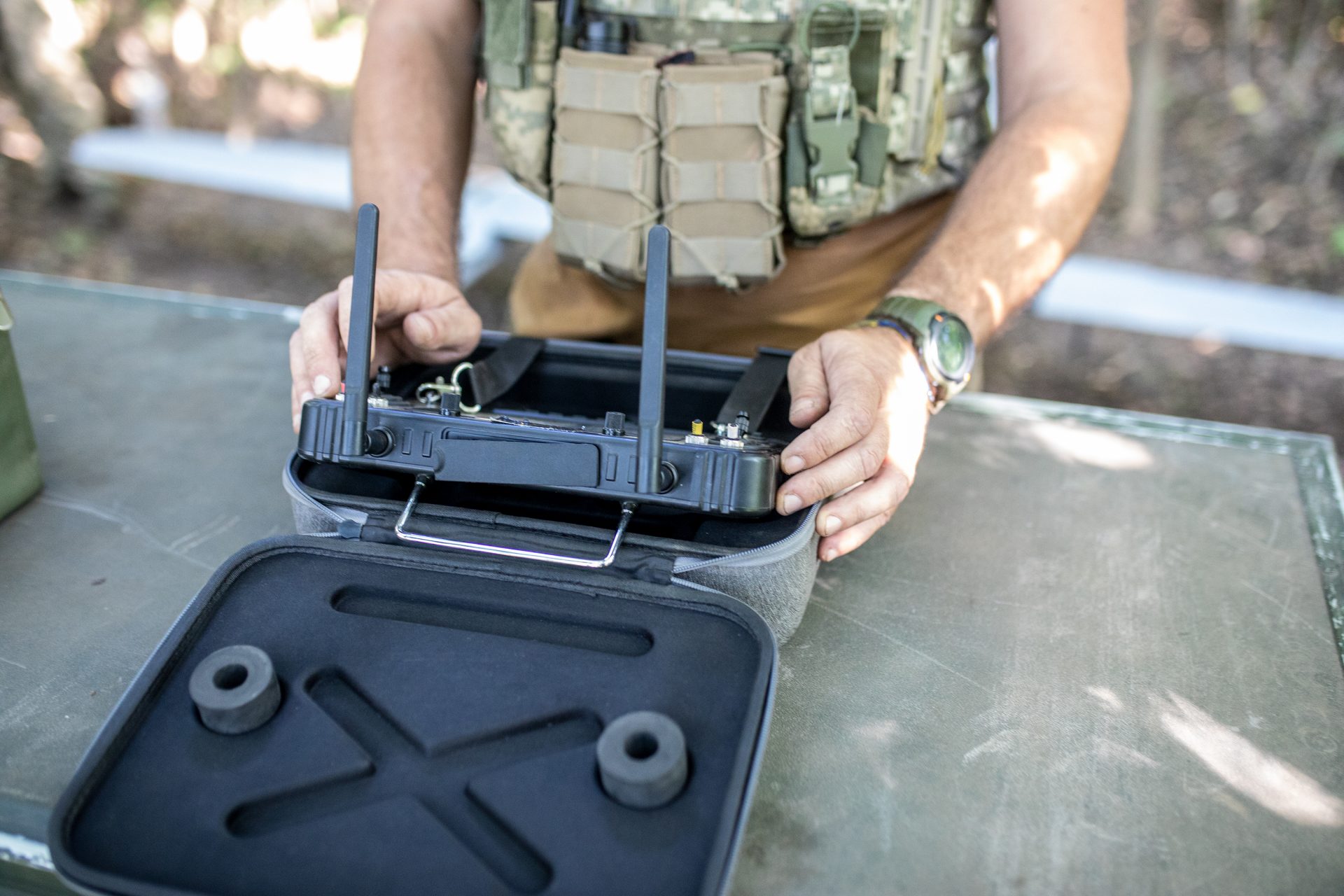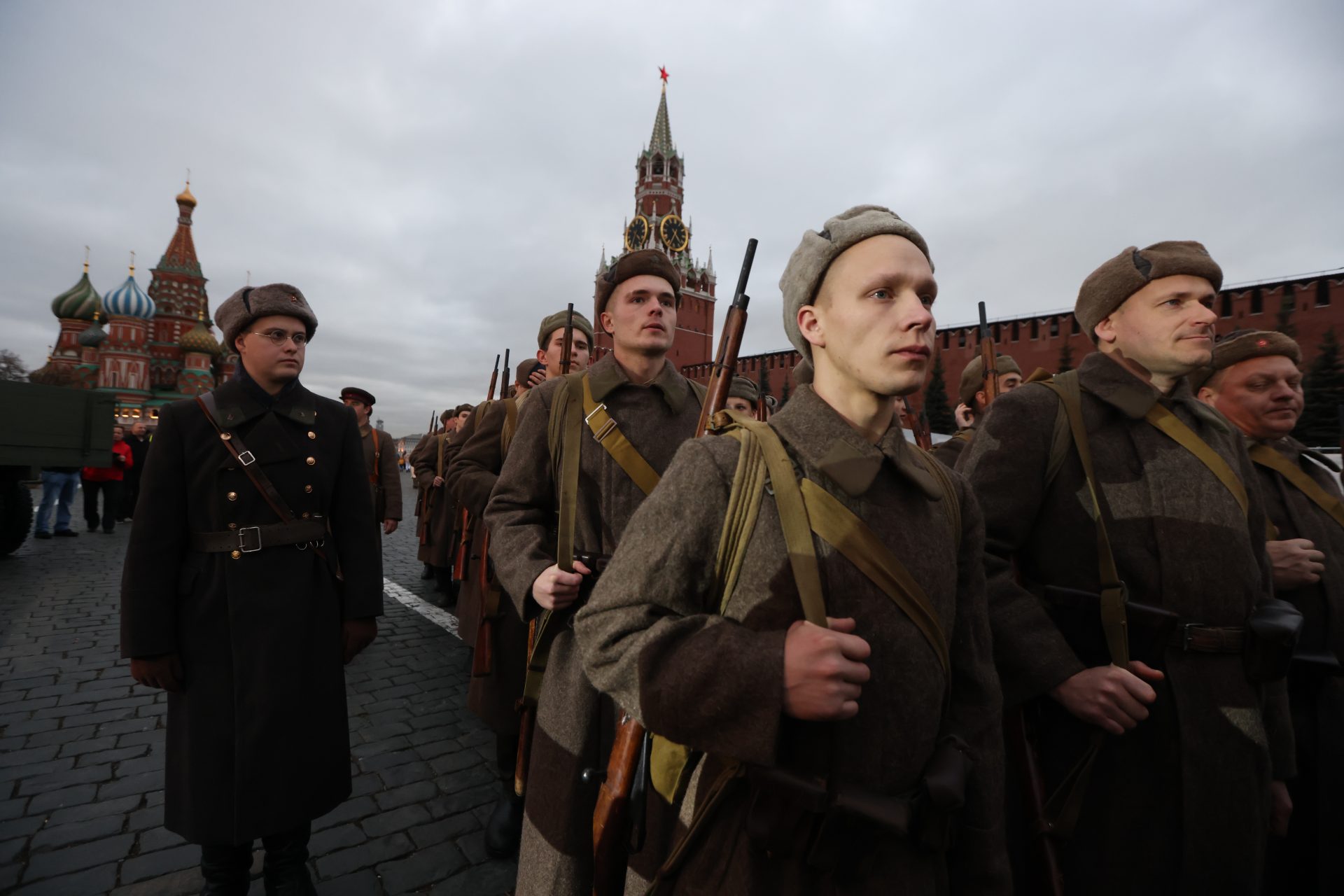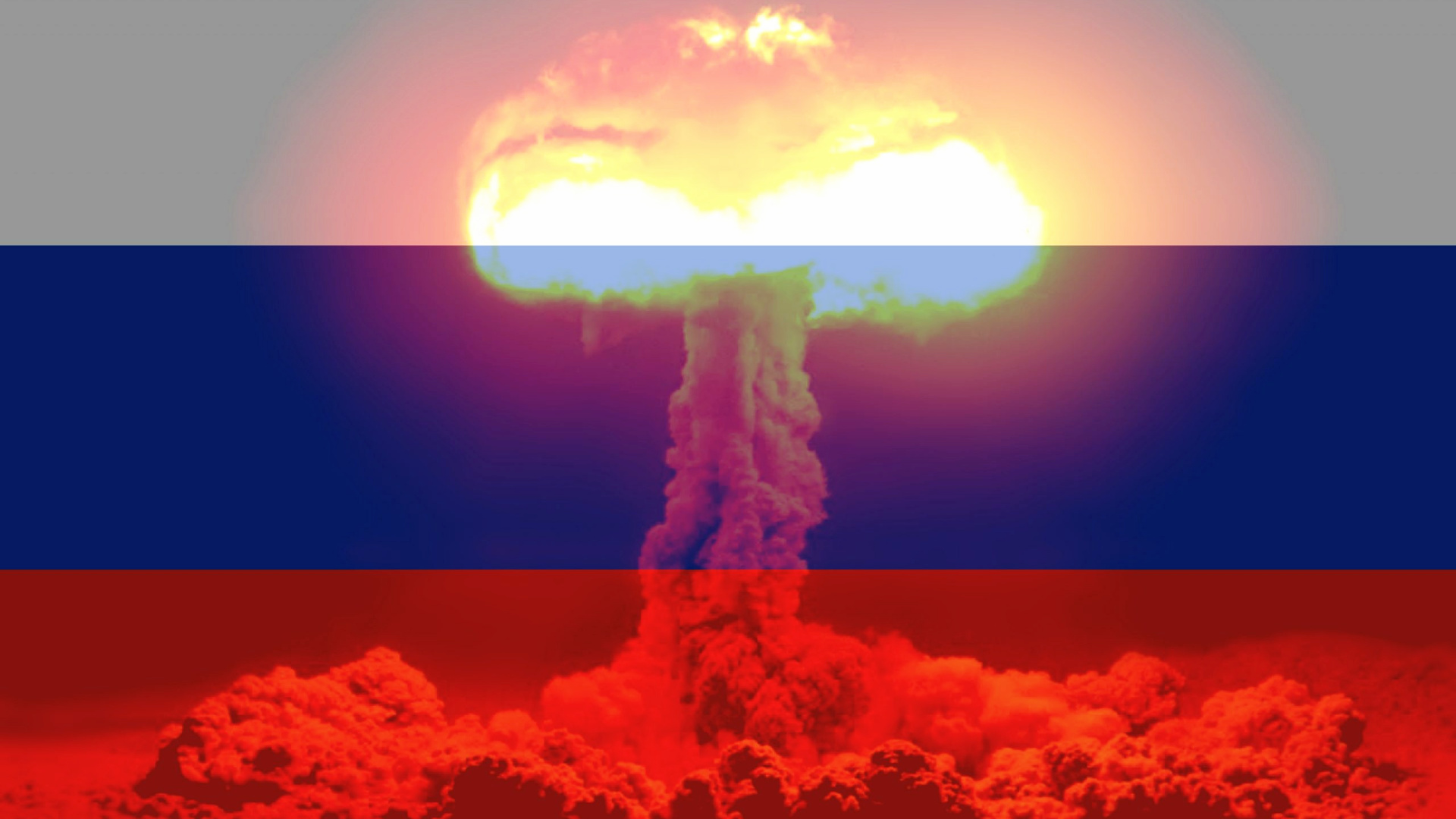This is how Christmas was (not) celebrated in the Soviet Union
Throughout its existence, the USSR had a complex relation with religion, ranging from outright hostility to begrudging tolerance. However, Christmas turned out to be more powerful than the Kremlin.
In the 1920s, the Soviet Union had a dilemma: the Communist Party officially adhered to a doctrine of state atheism. Indeed, as Foreign Policy explains, in 1928 the USSR decided to formally ban Christmas.
However, many people in the early years of the USSR grew up with Christian traditions, including Christmas, and some habits take a while to die out. Even today, St. Basil's Cathedral is a point of reference in Moscow.
Tsarist Russia had embraced Christmas celebrations throughout19th Century, mostly imported from Germany. The center of these customs was the Christmas tree.
Meanwhile, Ded Moroz, Grandfather Frost, became their equivalent of Father Christmas or Santa Claus. Taller, slimmer, and giving gifts to children with the help of his granddaughter, the Snow Maiden.
However, the exile of Ded Moroz didn’t last long. In 1935, Joseph Stalin decided that it was time for Soviet children to celebrate the winter festivities.
Stalin didn’t exactly reinstall Yule celebrations out of the kindness of his heart, though. As TIME magazine explains, agricultural collectivization in the previous years led to a major famine across the Soviet Union.
A major political purge, known as The Great Purge, was also taking place and some distraction, any distraction, was needed for the population.
Ded Moroz was back on his three-horse sleigh, but now he was not going to bring gifts on Christmas. You see, this was a New Year celebration, with presents delivered on January 1.
Homes and buildings were now decorated with “New Year Trees” and big parties were organized where gifts were exchanged.
Foreign Policy describes that the holiday became an eminently civic celebration, marked by the ticking of the clock, champagne, swapping gifts, parties, and, at midnight, the anthem of the Soviet Union.
The 1972 television film ‘The Irony of Fate’ became a staple of wintertime celebrations. The movie, a romantic comedy about a man and a woman in New Year’s Eve that end up together after a series of mishaps, became their equivalent of ‘It’s a Wonderful Life’.
Image: The Irony of Fate / Mosfilm
In 1991, Christmas returned as an official holiday at the same time the Soviet Union fell apart. However, this wasn’t the end for the Soviet-born New Year's celebrations.
New Year’s Eve is still the main wintertime holiday in Russia and many former Soviet countries, with something of a rivalry between Ded Moroz and his Western peer, Santa Claus.
In the late 1990s, a winter palace was built for Ded Moroz in Veliky Ustyug, over 900 kilometers (over 550 miles) north of Moscow. TIME magazine claims that, before the war, it drew 250,000 visitors every year.
One of the visitors? One naughty boy by the name of Vladimir Putin in 2009. Ded Moroz gave the then-Russian Prime Minister a silver-plated doll, according to an official Kremlin release.
More for you
Top Stories







